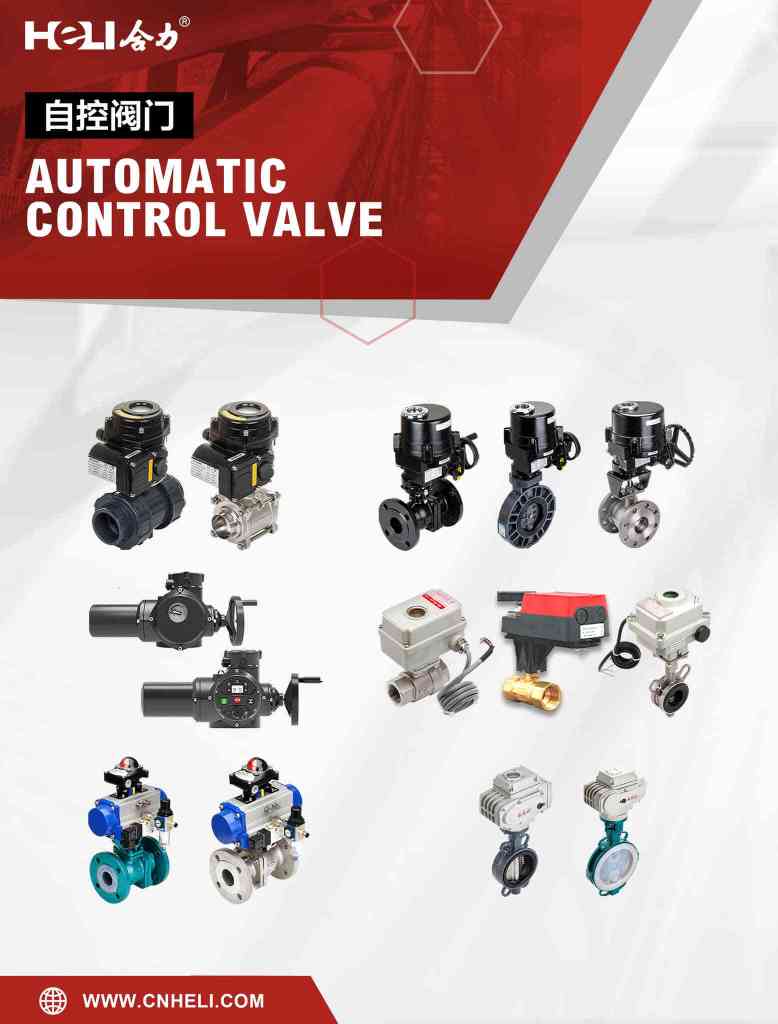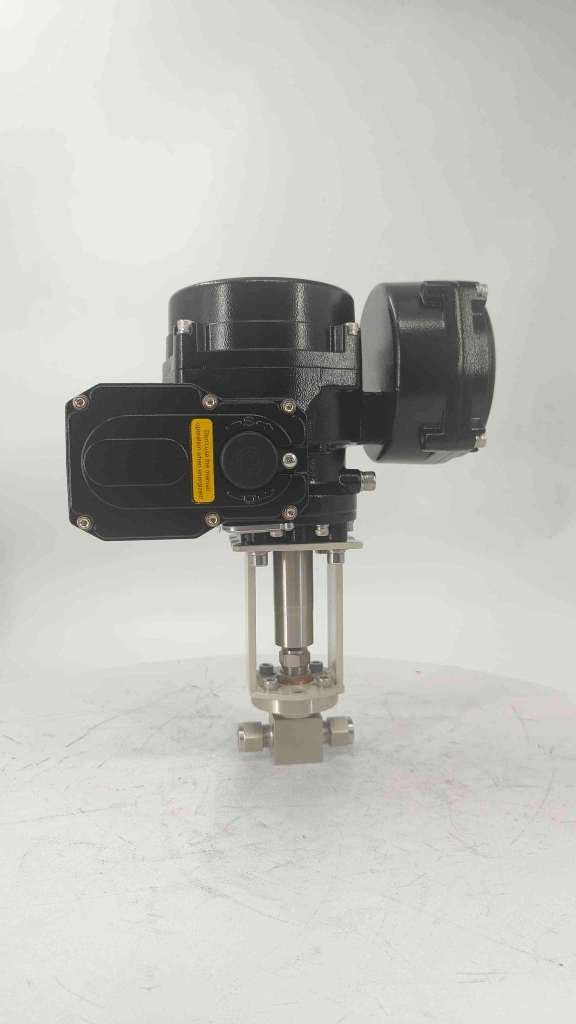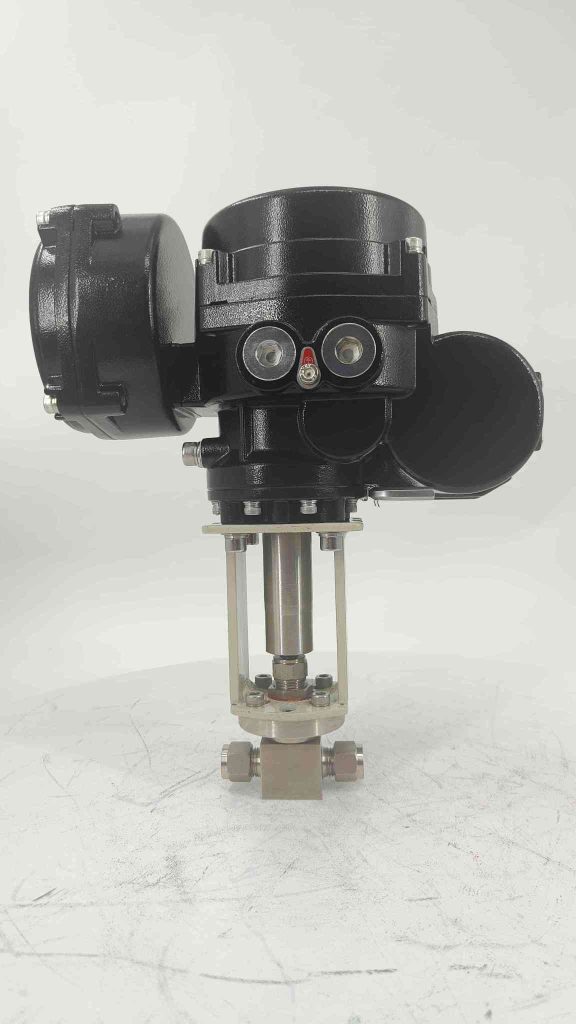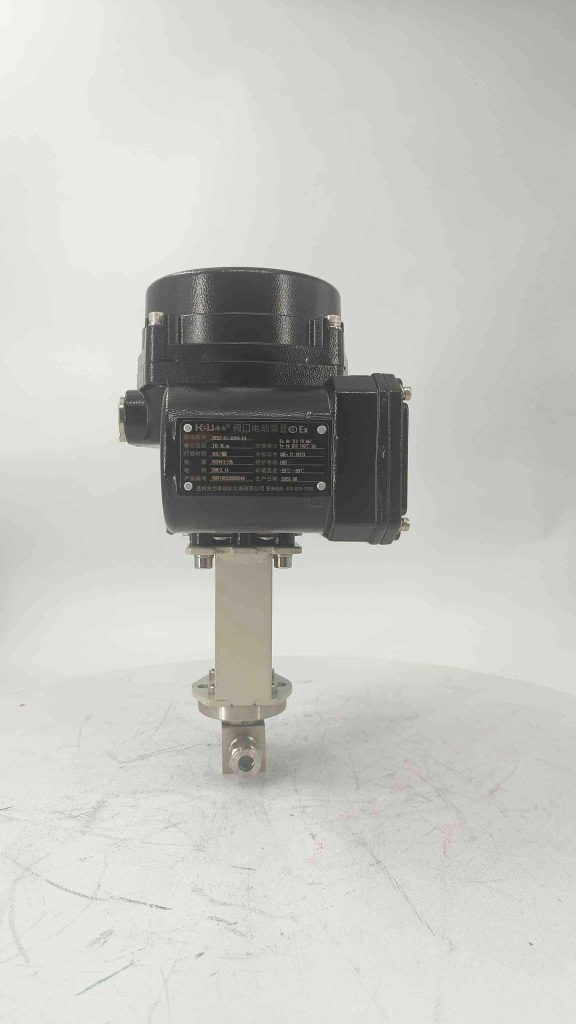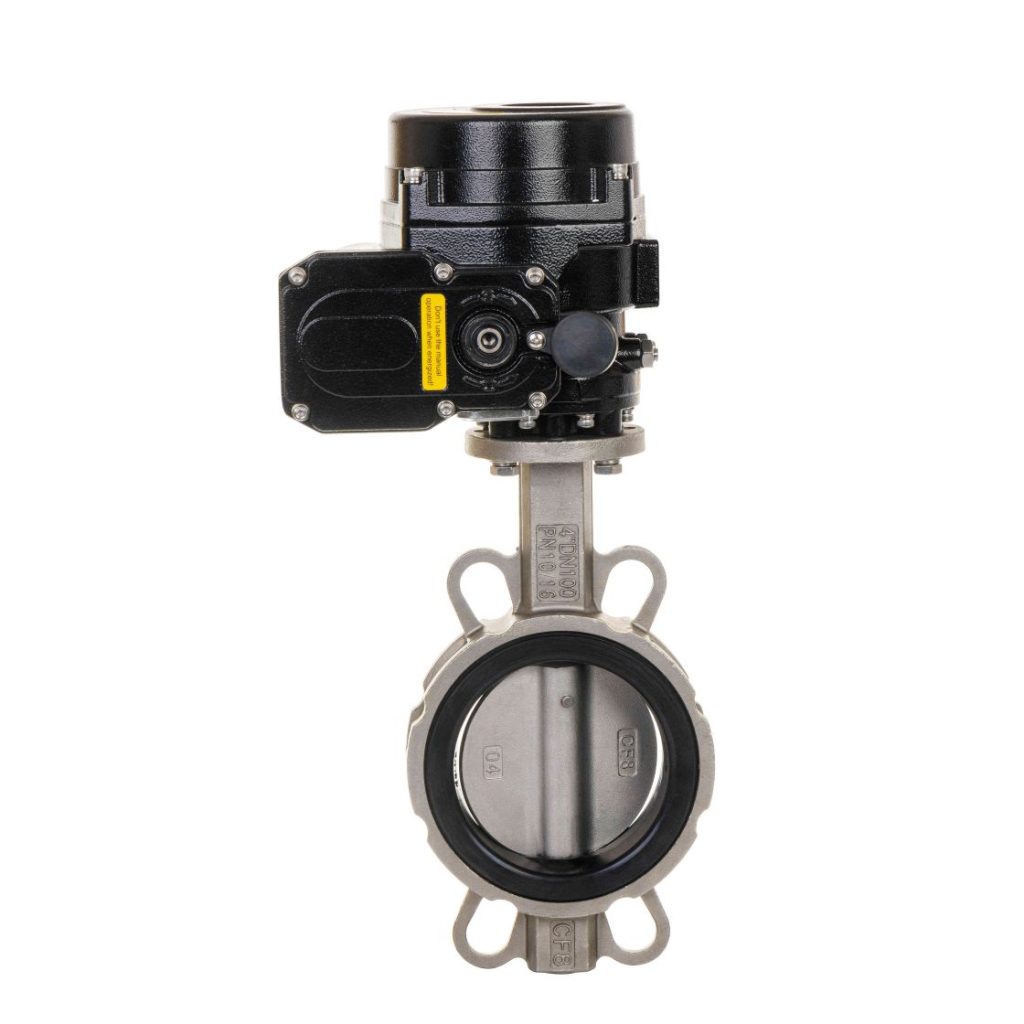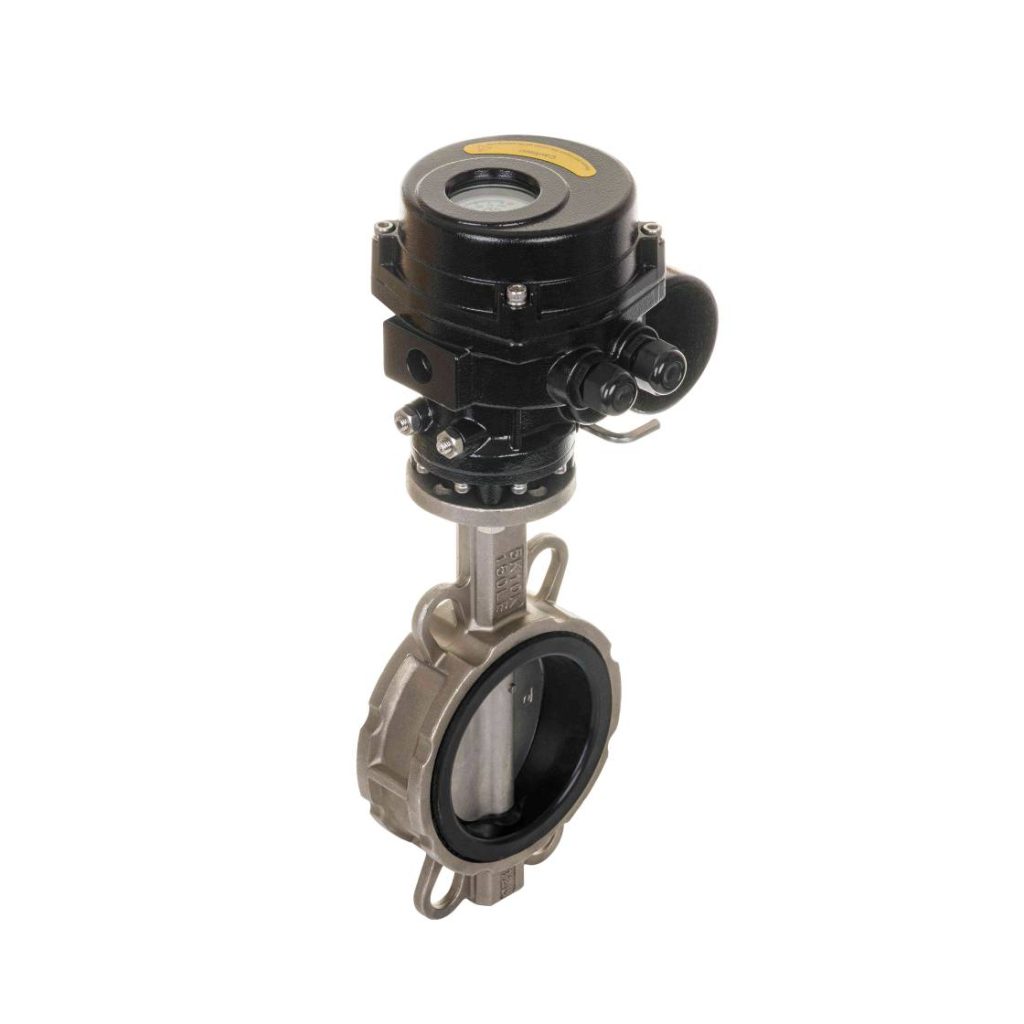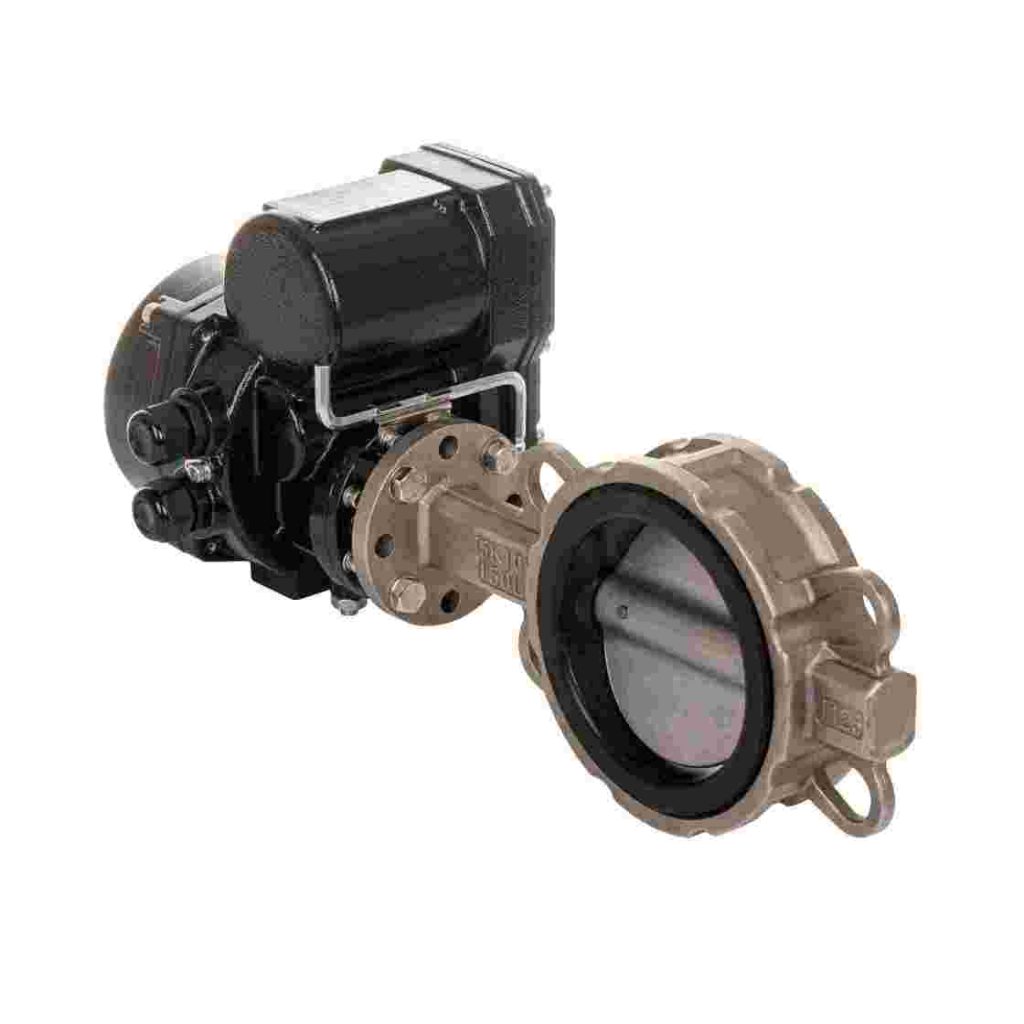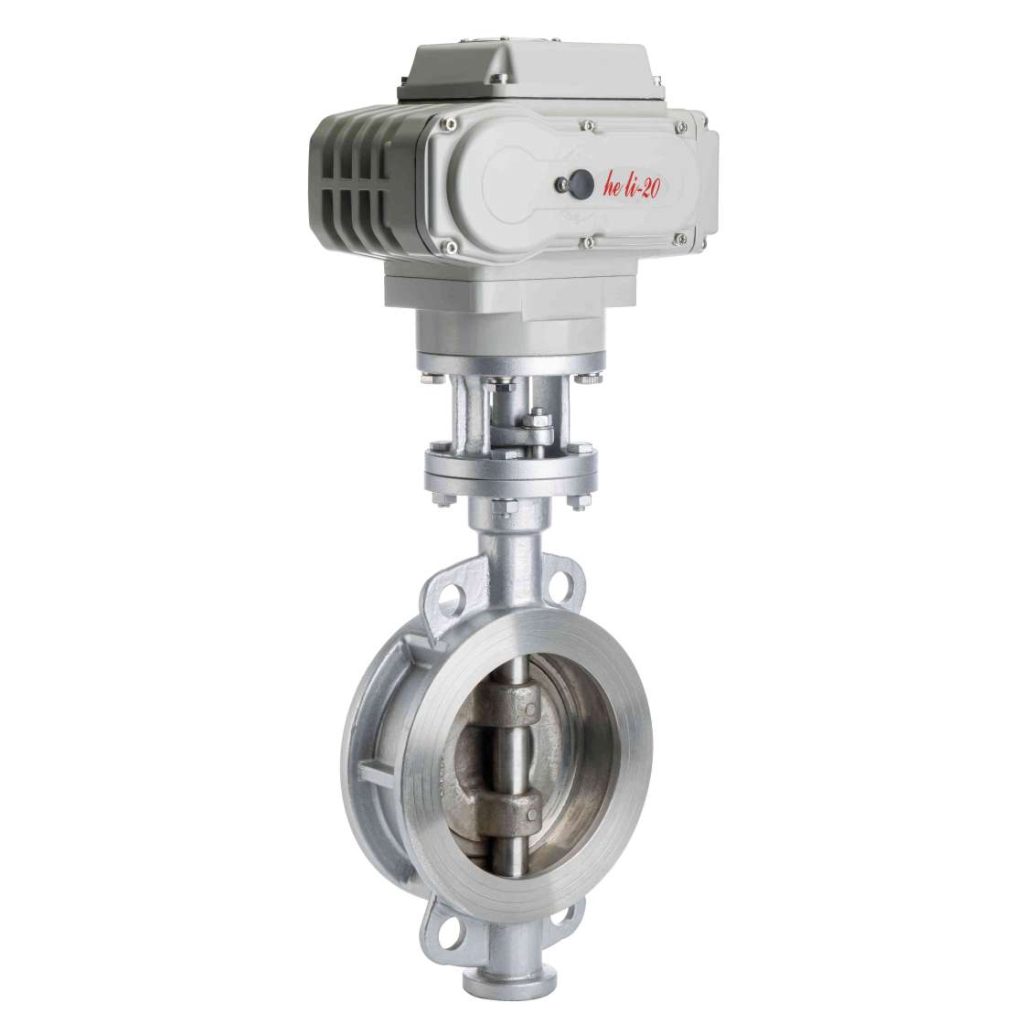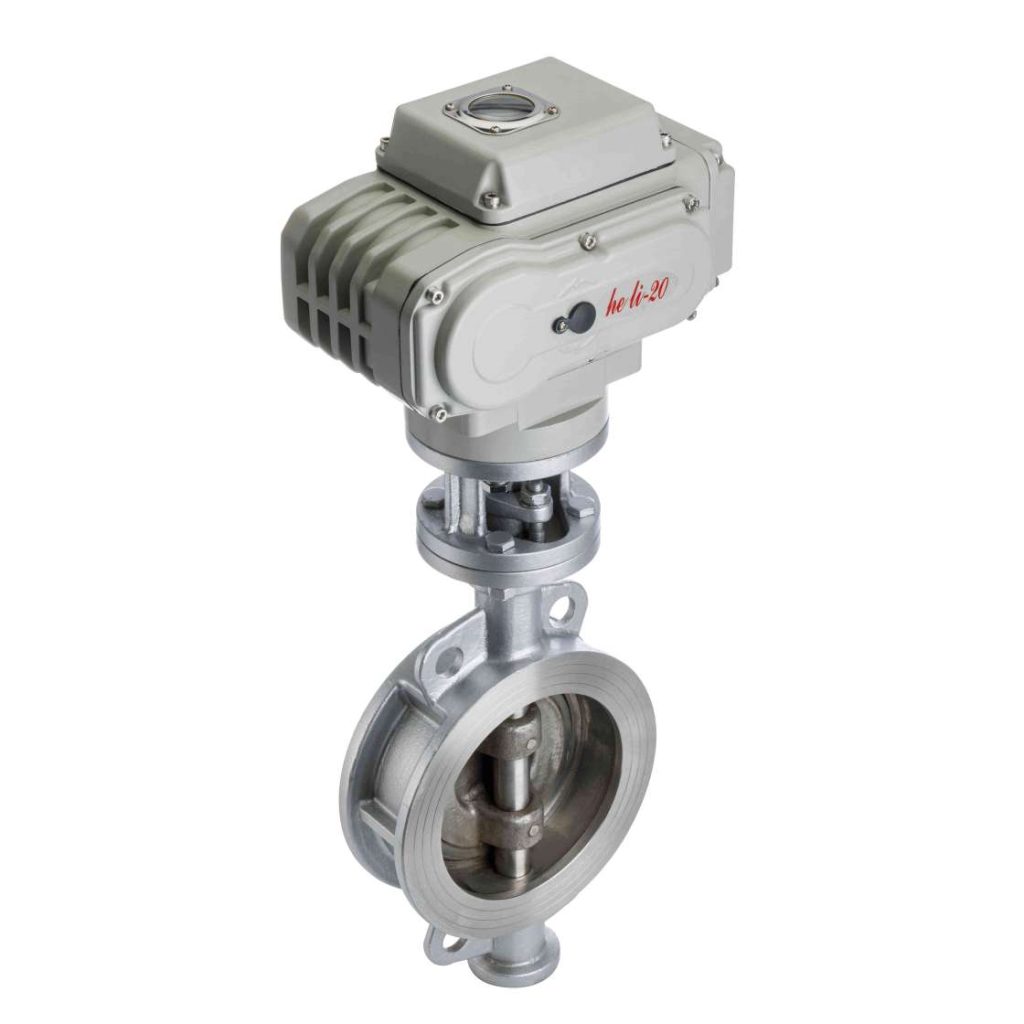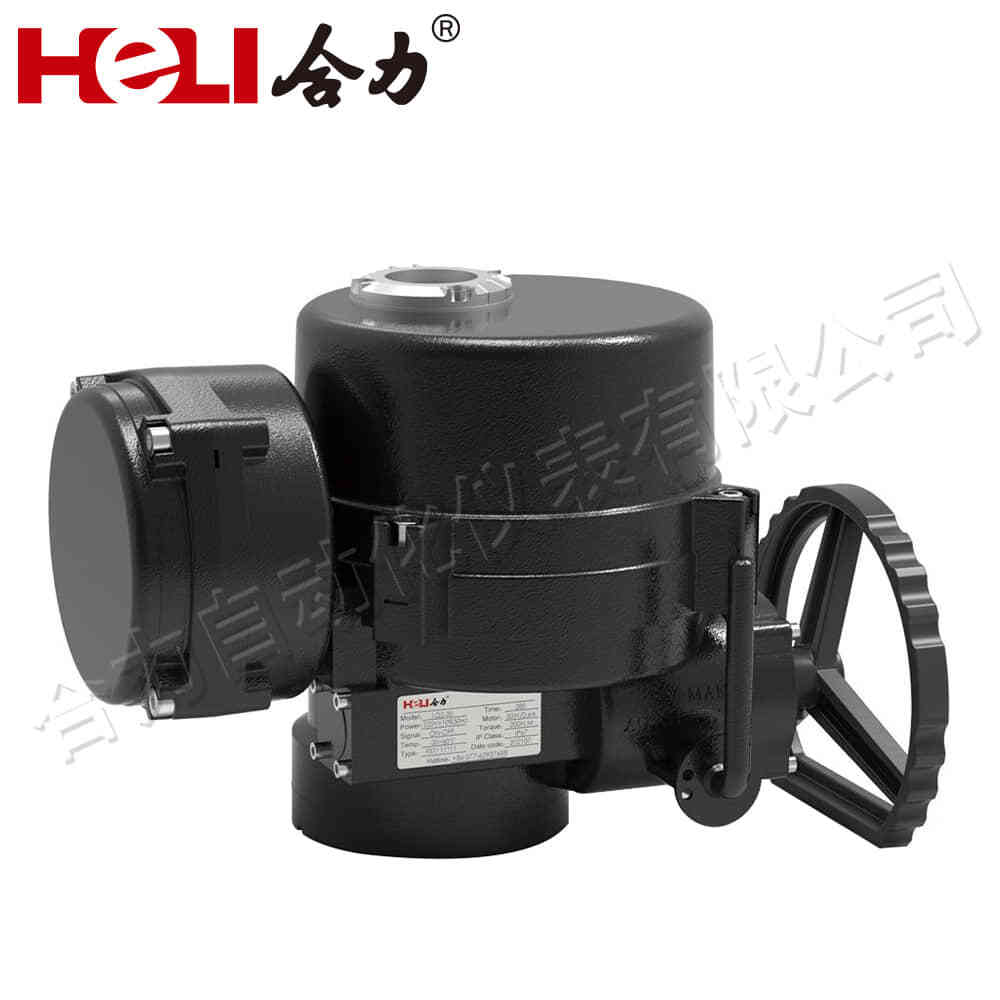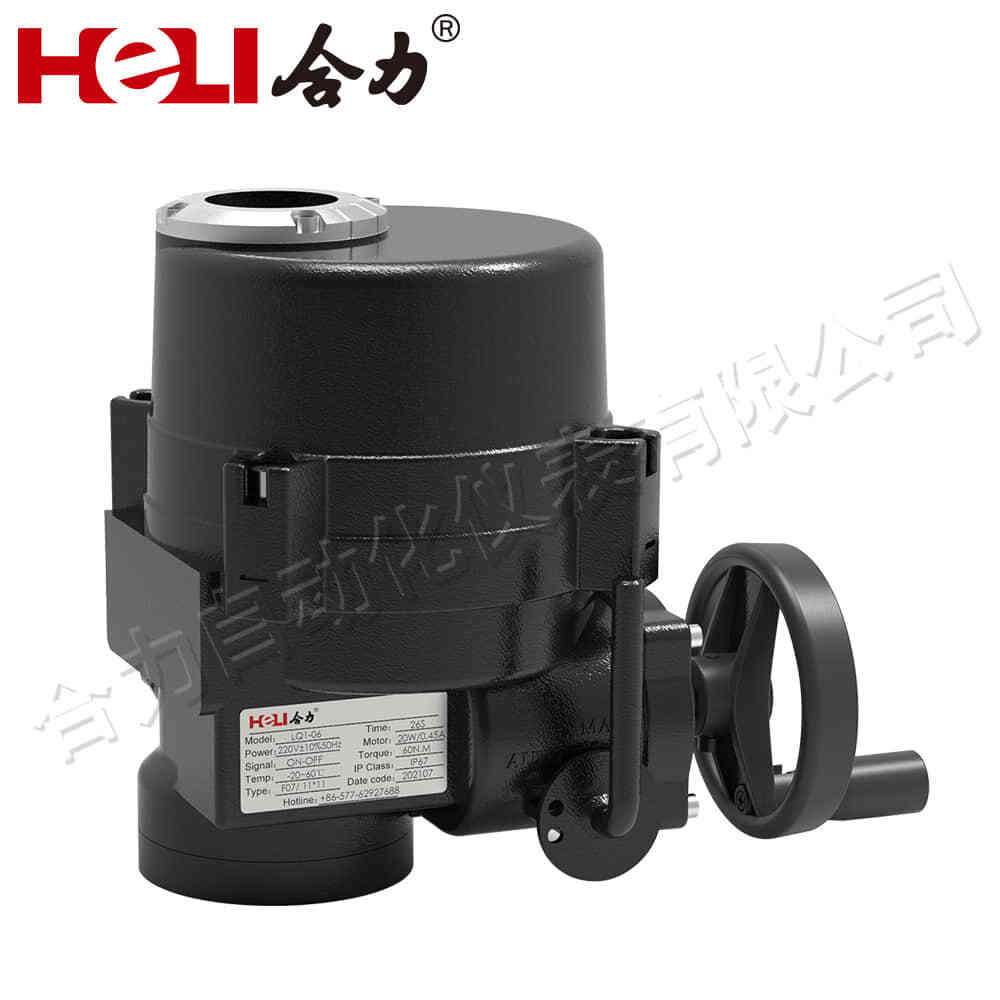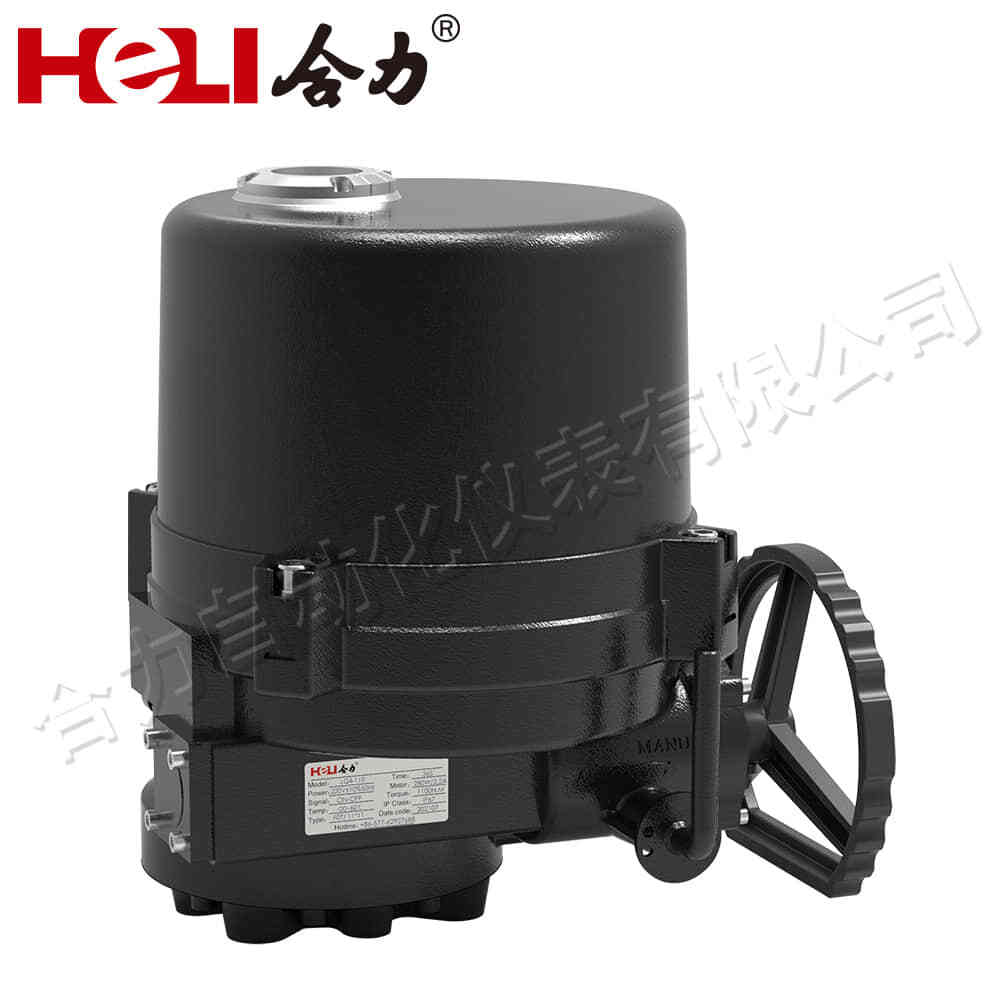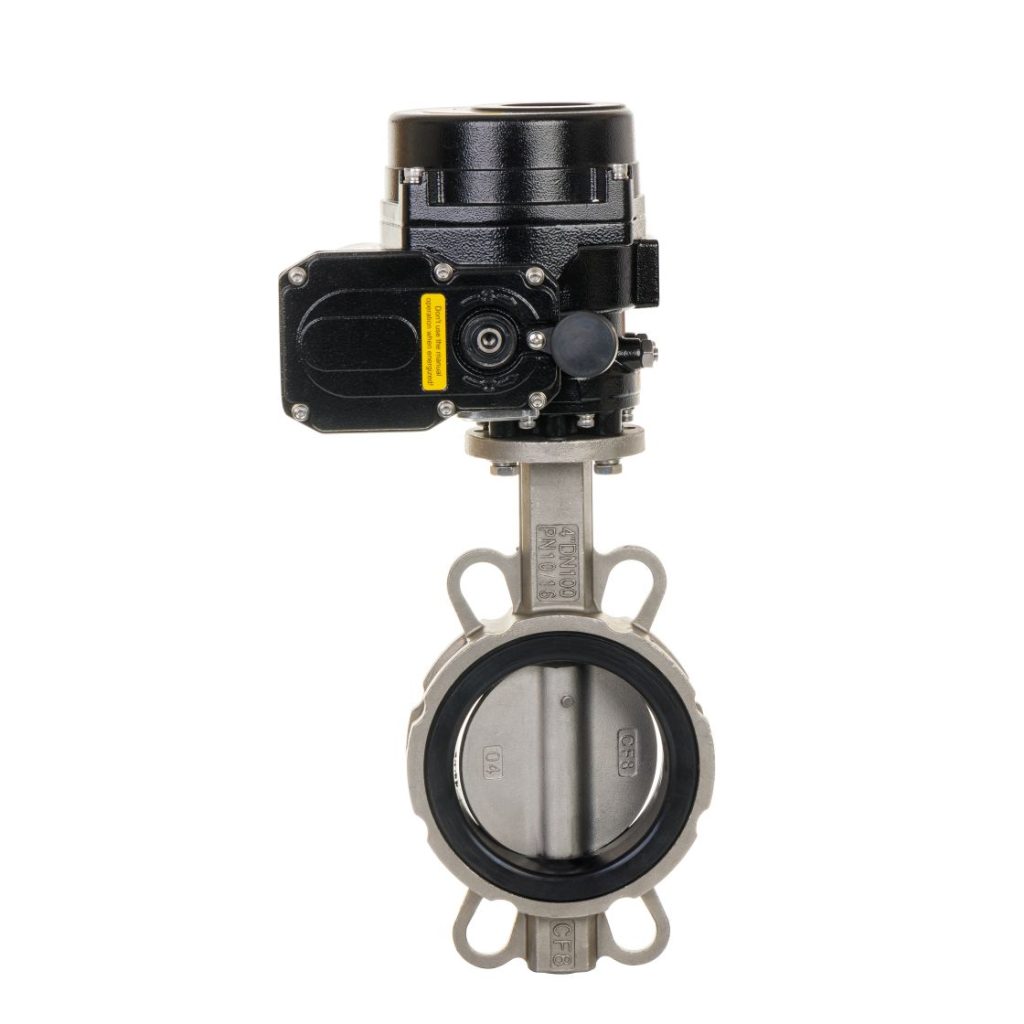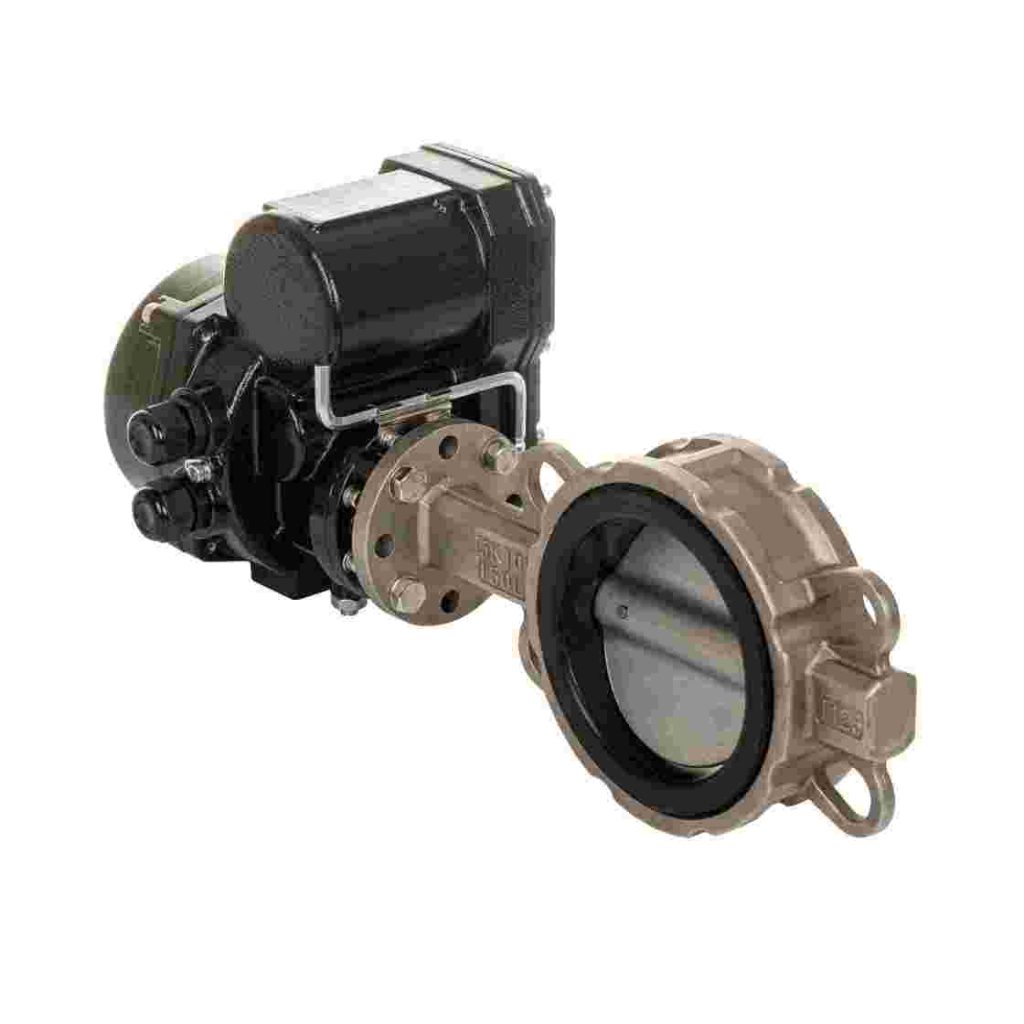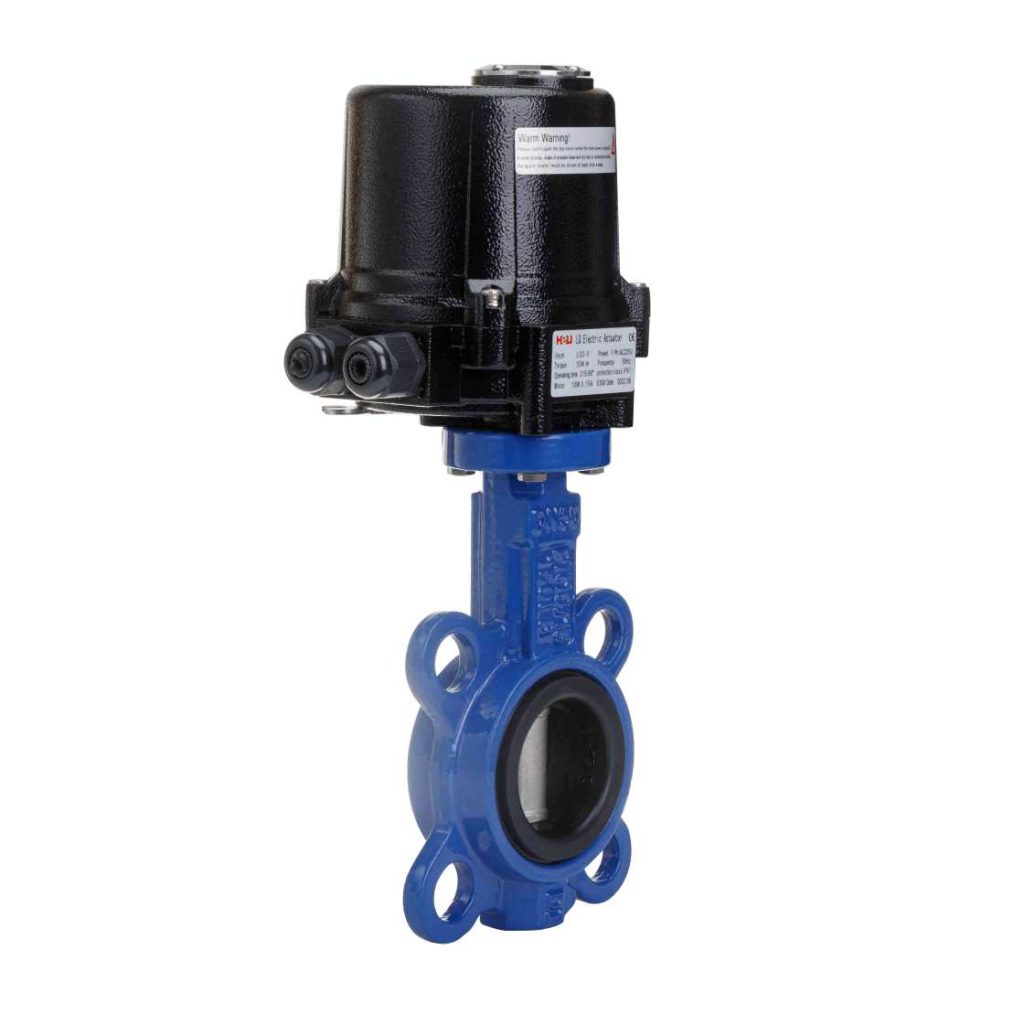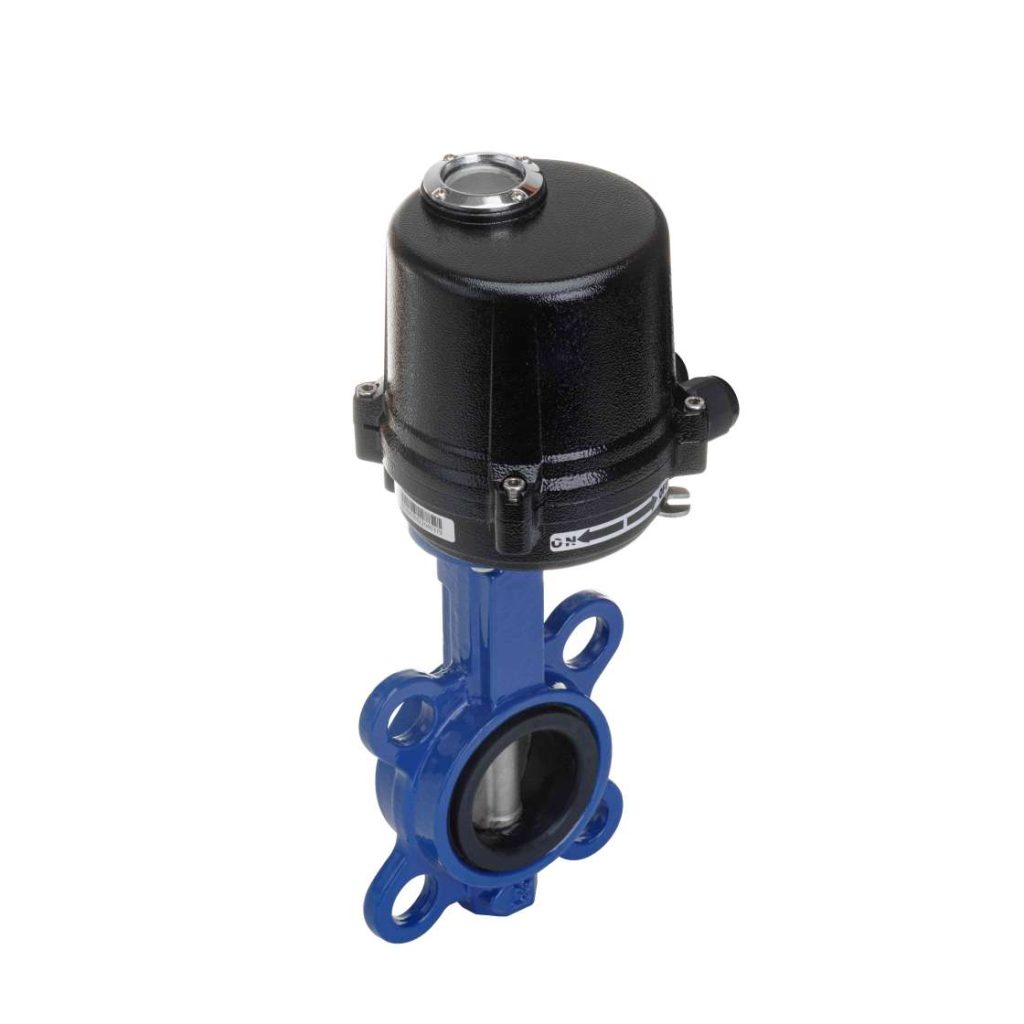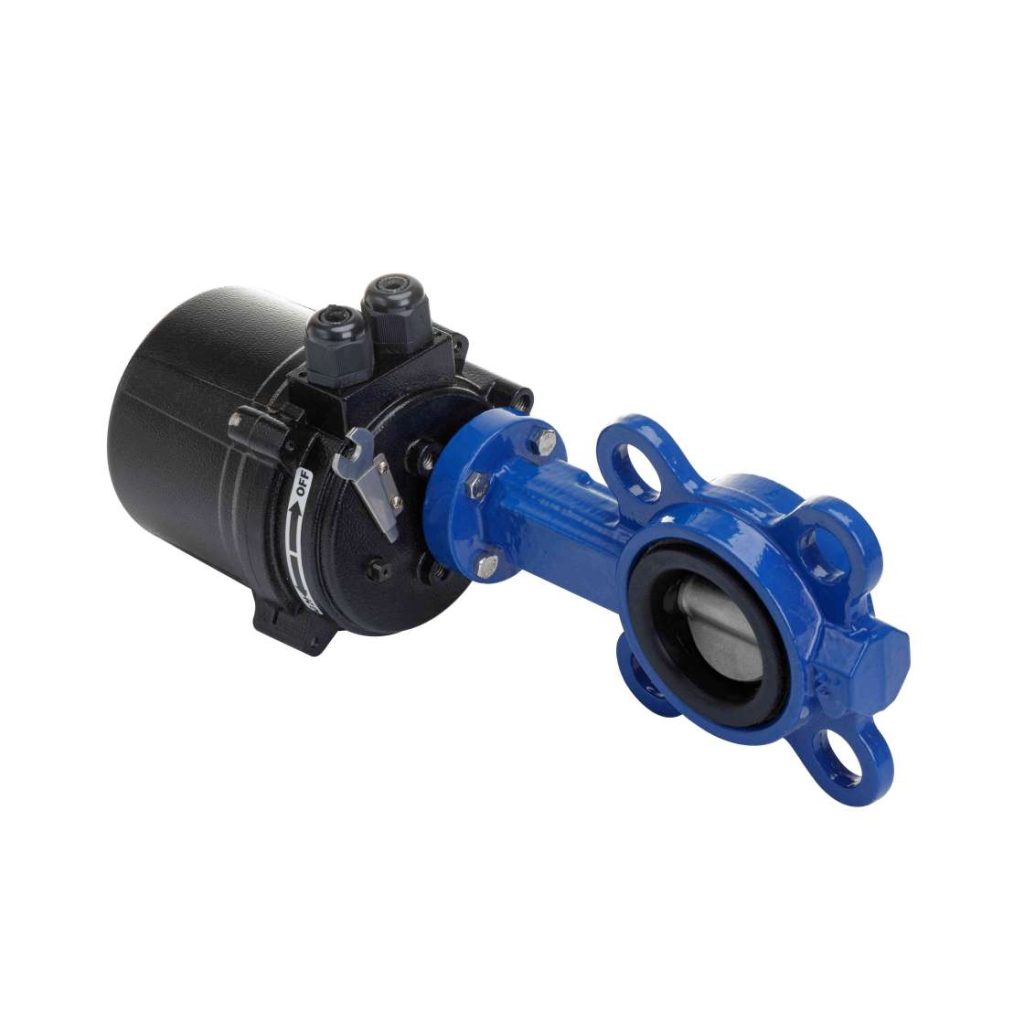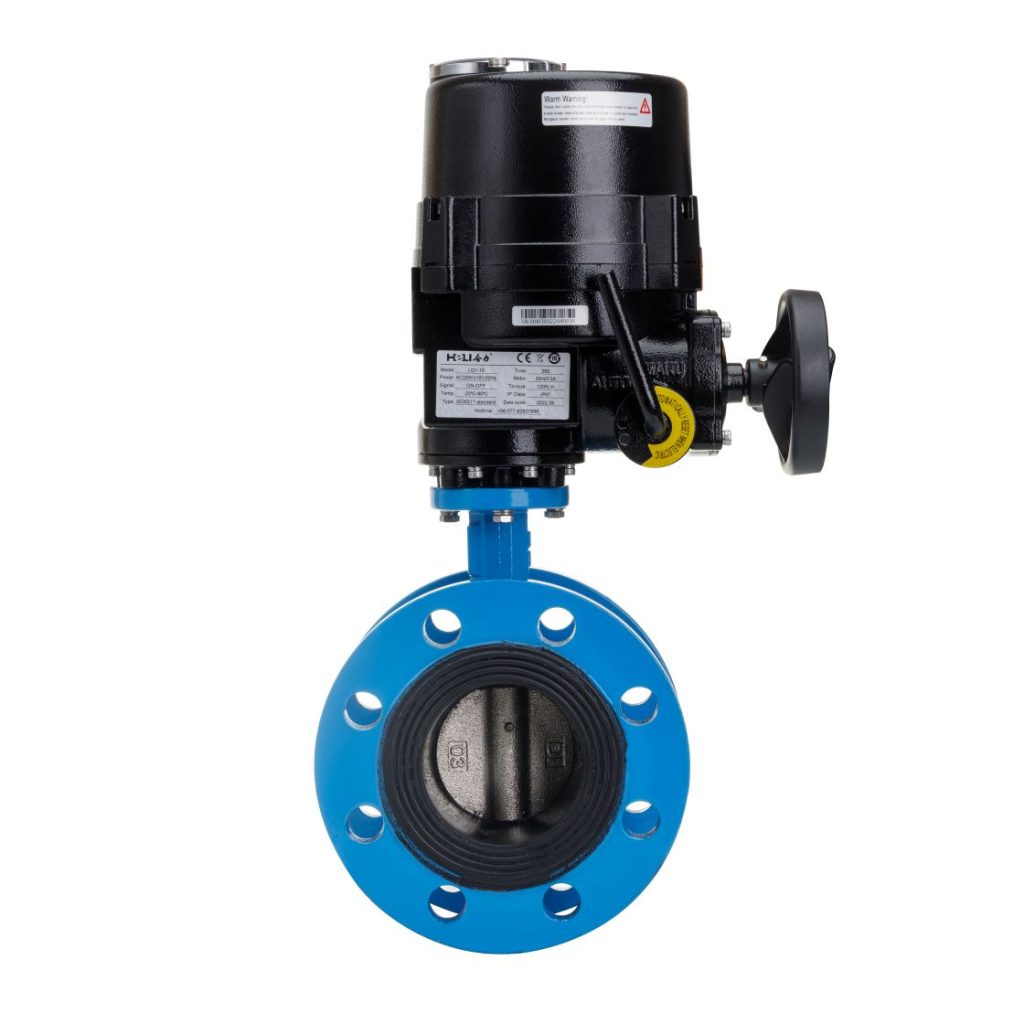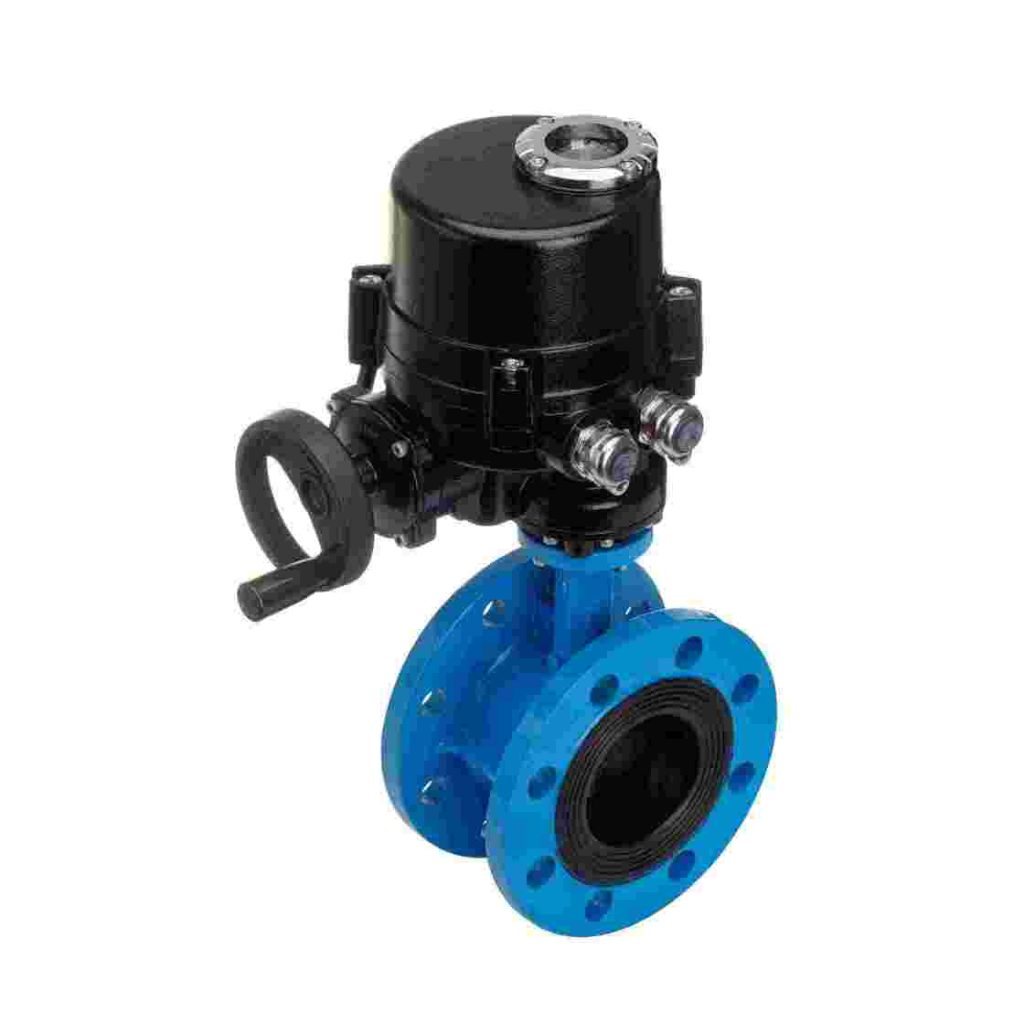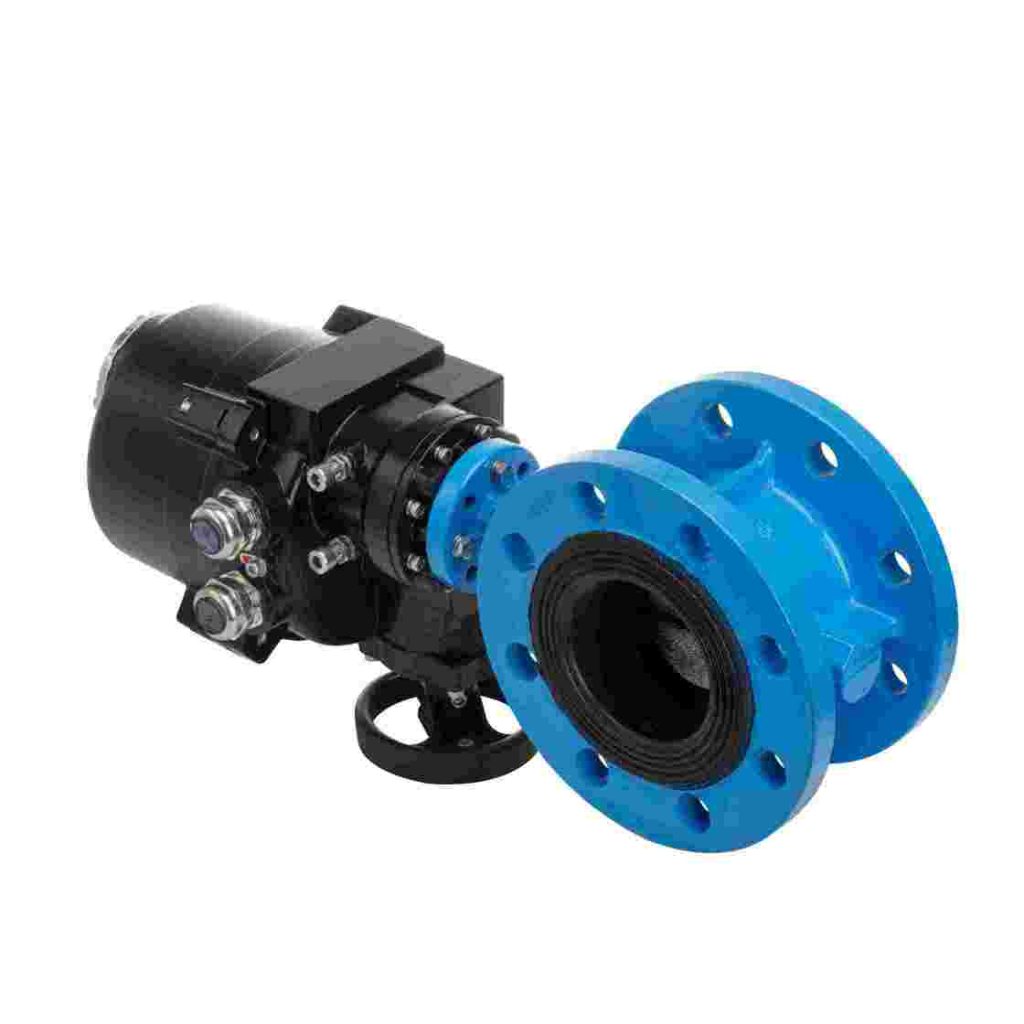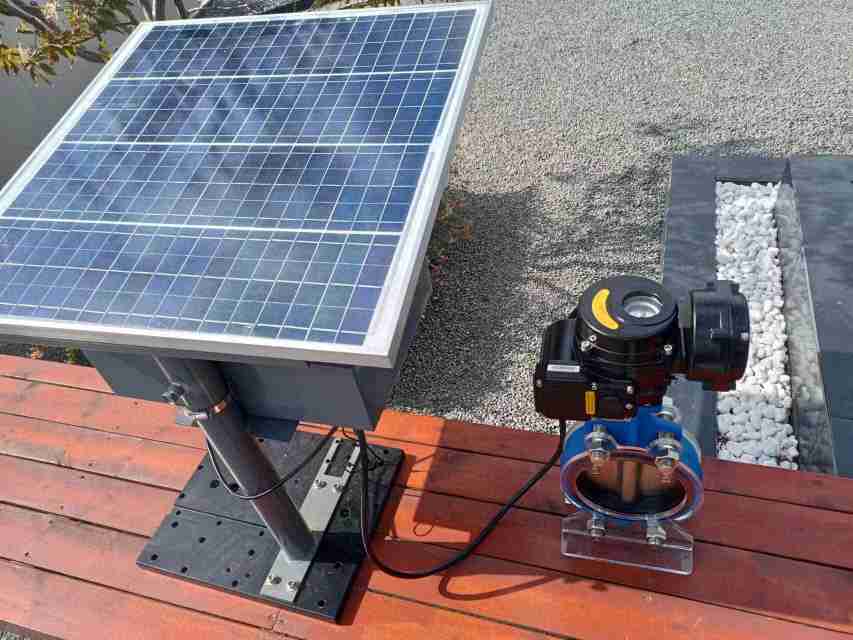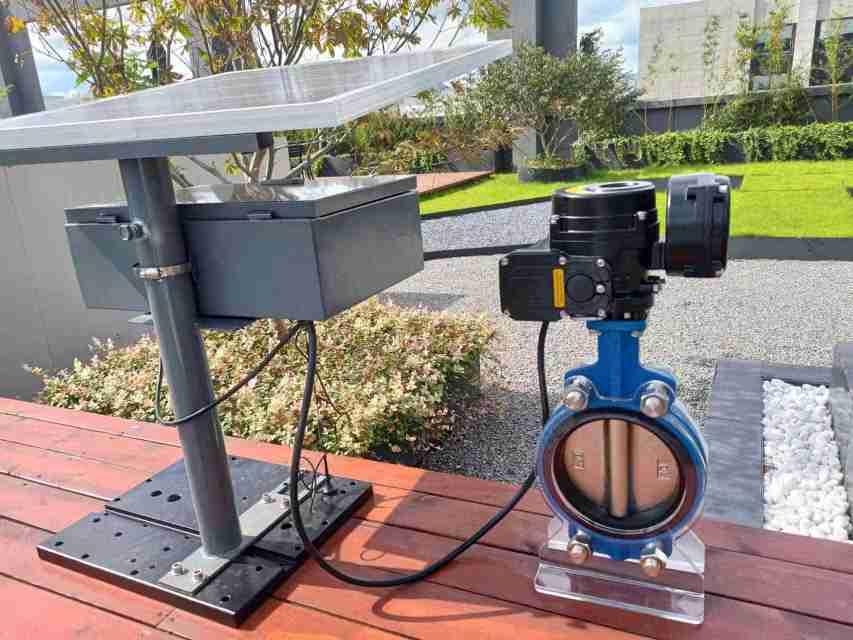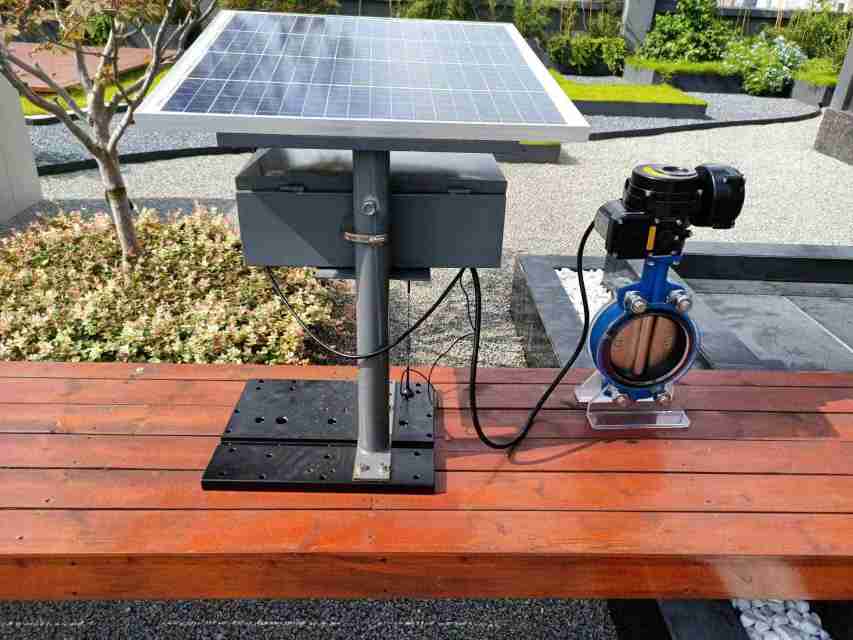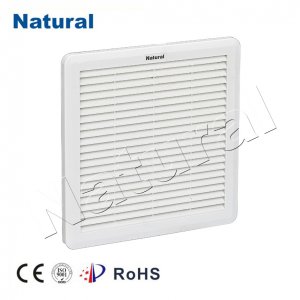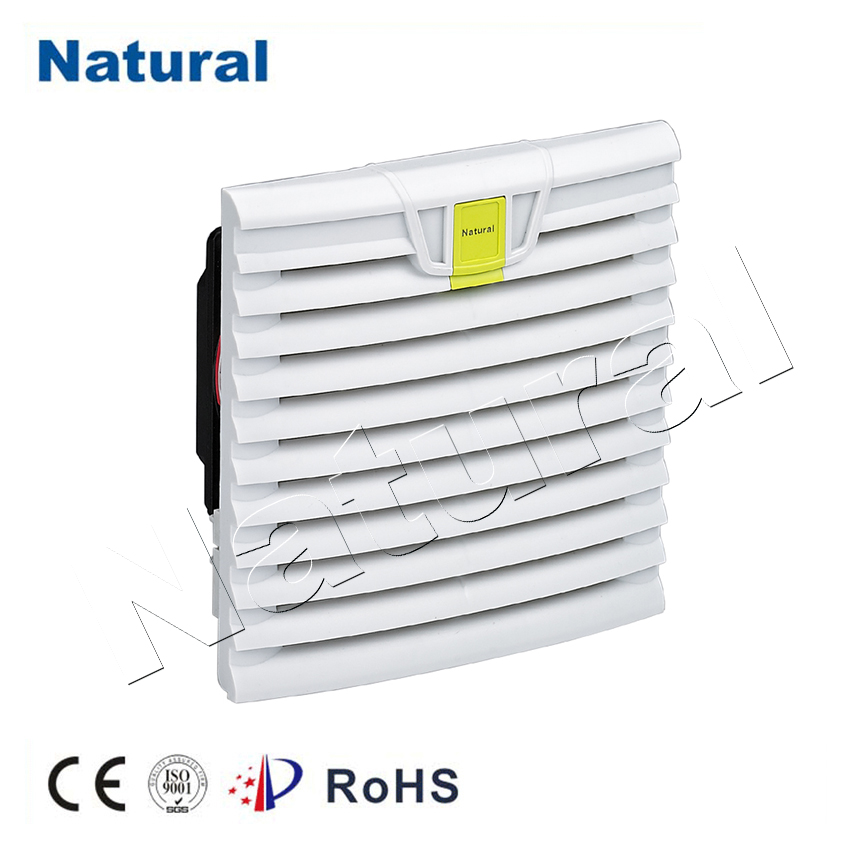Electric valves are crucial components in various industrial applications, offering precise control over the flow of liquids and gases. These valves are automated using electrical actuators, which allow them to operate efficiently without the need for manual intervention. As industries advance, the demand for automated solutions grows, and electric valves have become an essential part of modern systems, from oil and gas pipelines to HVAC systems and water treatment plants.
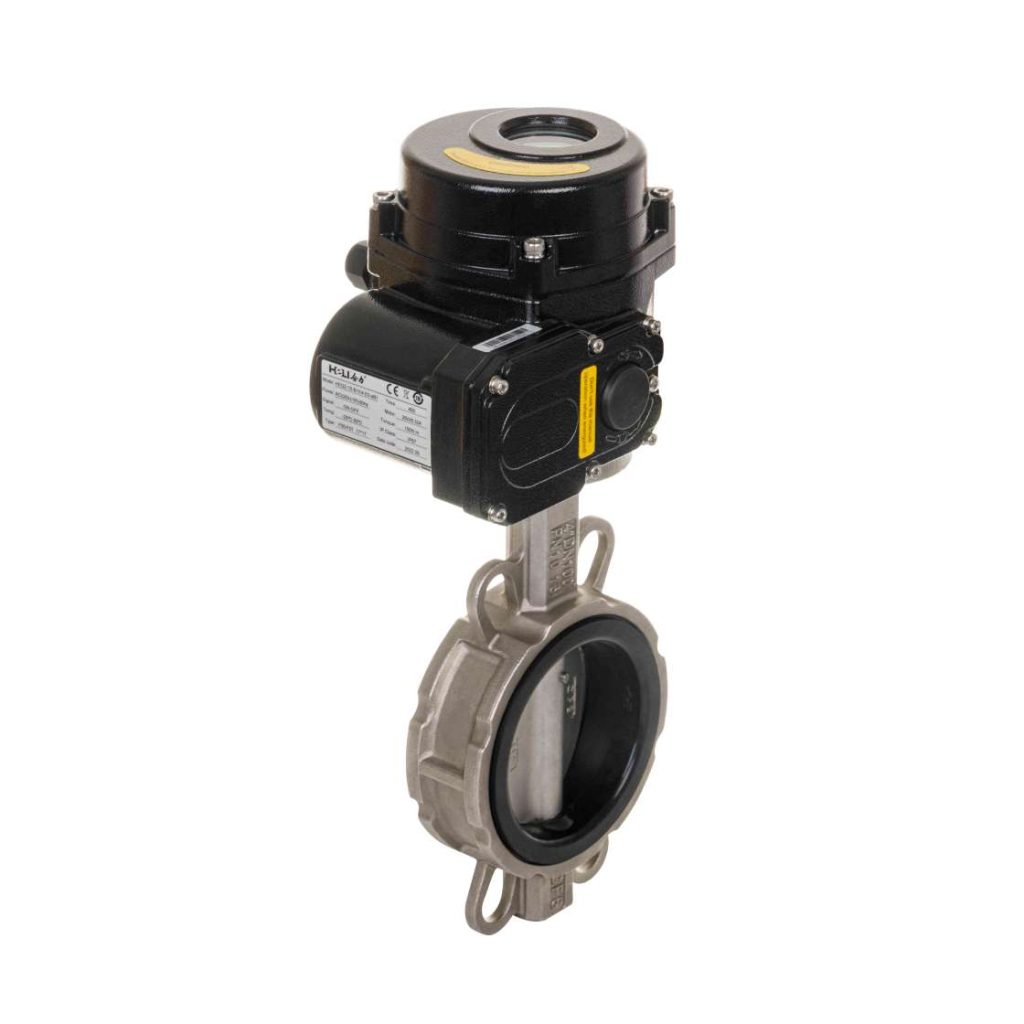
What is an Electric Valve?
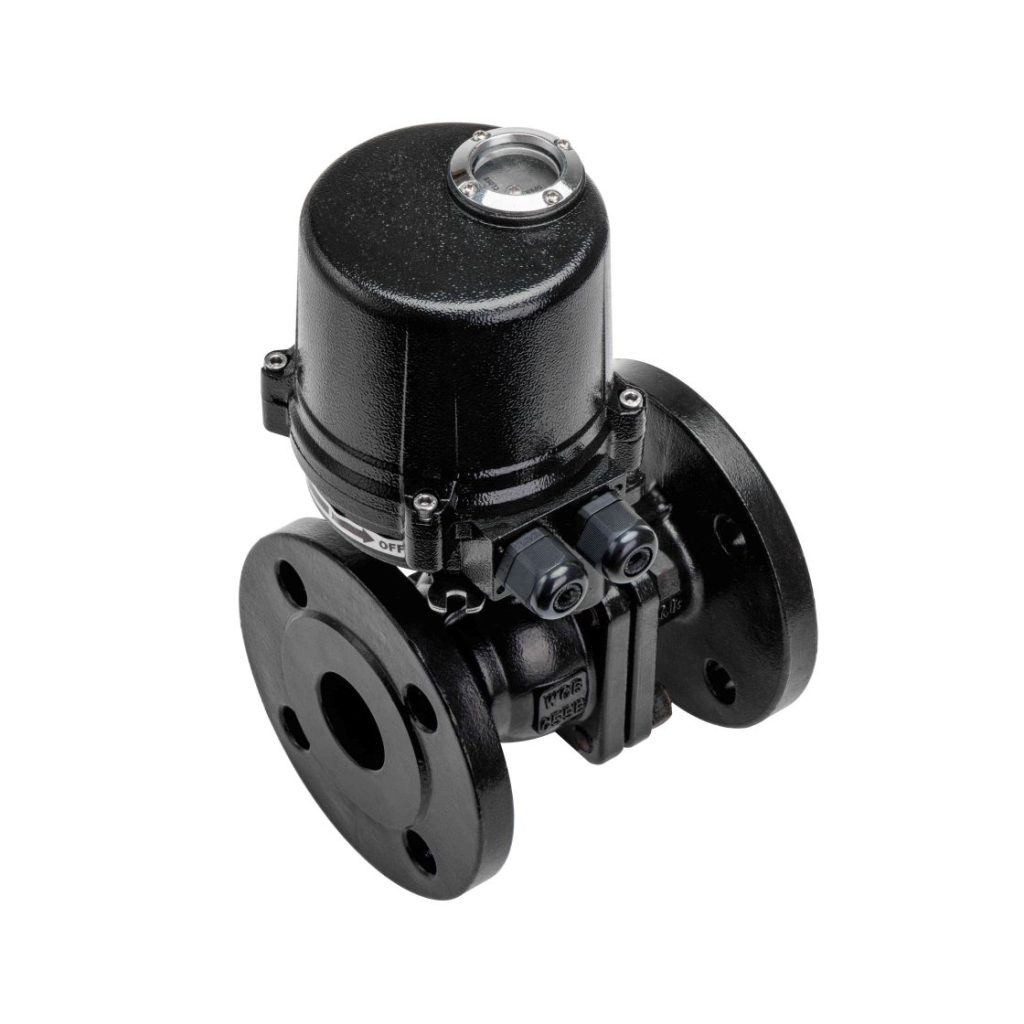
An electric valve consists of two main parts: the valve itself and the electric actuator. The valve typically regulates the flow, pressure, or direction of fluids within a pipeline, while the actuator provides the necessary motion to open or close the valve. Electric valves are designed to operate through electrical signals, typically controlled by a central system or remote operator. They can be used to control a variety of media, including water, air, steam, chemicals, and even food-grade liquids. The electric actuator, which drives the valve, is powered by electricity. It converts electrical energy into mechanical energy to move the valve stem, either opening or closing the valve as needed. This automated process improves the efficiency and safety of industrial processes, as it eliminates human error and increases operational precision.
